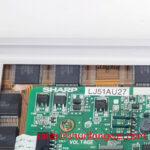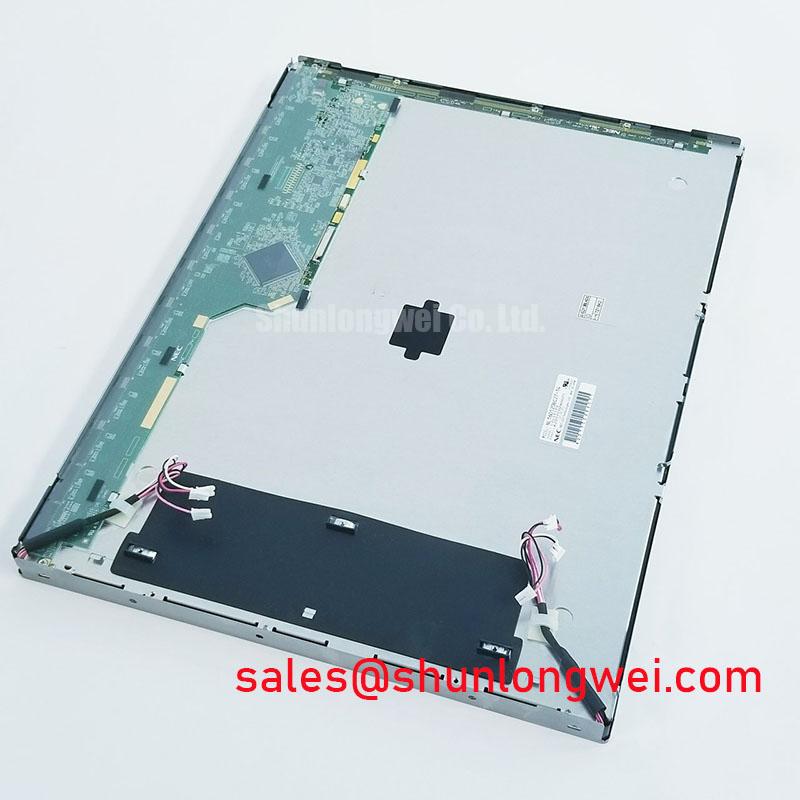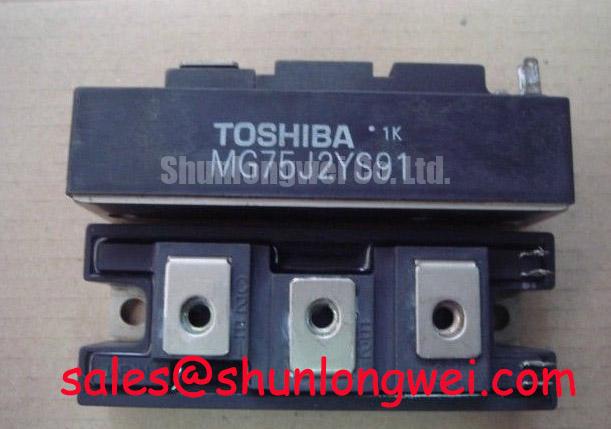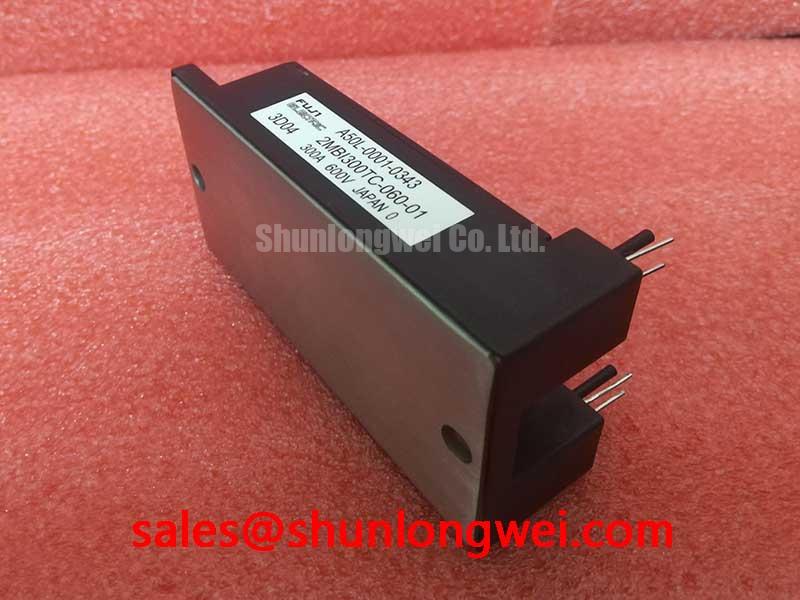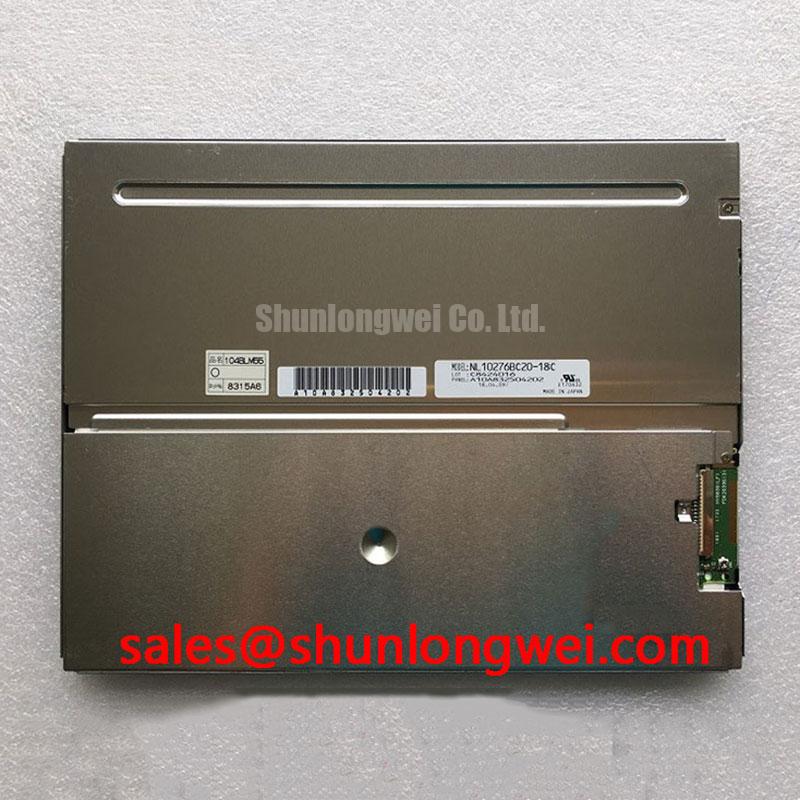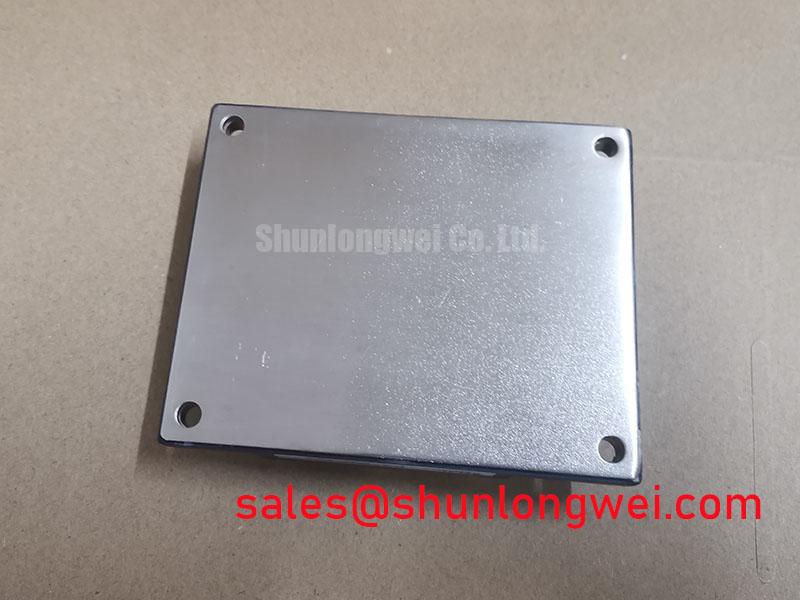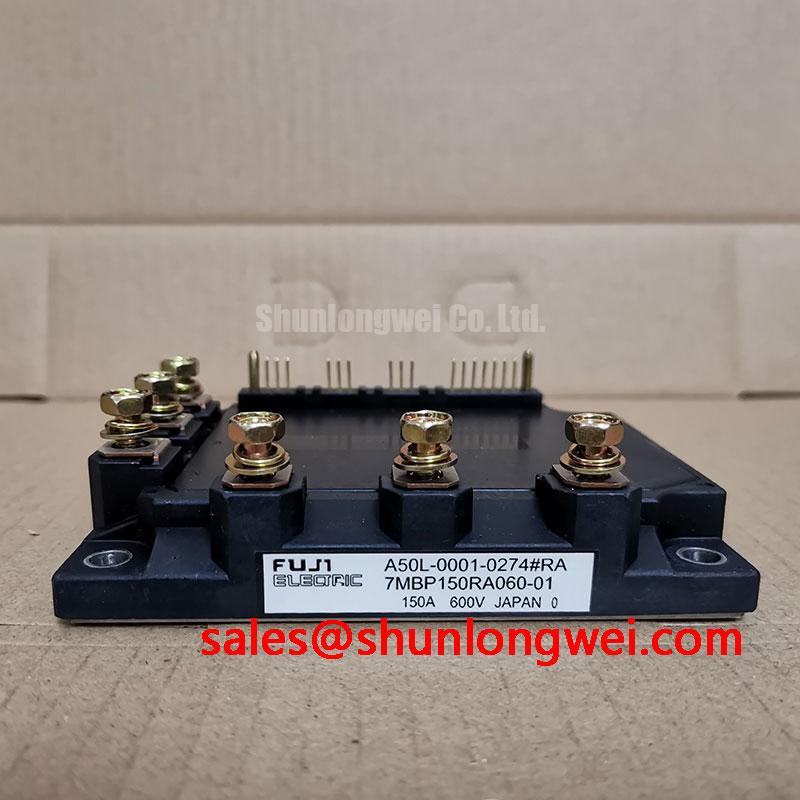LJ51AU27 Plasma Display Module: An Engineer's Guide to Integration and Performance
A Component-Level Look at a Classic High-Contrast Display Solution
Content last revised on October 16, 2025.
The LJ51AU27 is a 5.1-inch monochrome plasma display unit delivering a high-contrast, self-illuminating visual interface for specialized equipment. This component is defined by its 320 x 256 dot matrix resolution, a direct 4-bit parallel data interface, and a streamlined single +5V logic supply requirement. Its key benefits include exceptional readability and simplified system integration. For engineers maintaining or designing for long-lifecycle industrial environments, the primary advantage of the LJ51AU27 lies in its straightforward logic-level interfacing, which eliminates the need for complex video signal controllers common in modern displays. This module is best suited for legacy instrumentation or control panels where clarity and direct data bus communication are paramount.
Key Parameter Overview
Decoding the Specs for System Integration
The technical specifications of the LJ51AU27 are tailored for embedded systems requiring a direct and robust display solution. Understanding these parameters is crucial for successful hardware integration and for ensuring the longevity of the final application. The table below highlights the key metrics and provides an engineering interpretation of their value.
| Specification | Value | Engineering Interpretation & Value |
|---|---|---|
| Display Technology | AC-Memory Plasma Display Panel (PDP) | This self-illuminating technology provides a very high contrast ratio and wide viewing angles, similar to how individual bulbs on a scoreboard are either on or off. This ensures excellent readability in variable indoor lighting conditions, critical for operator interfaces in industrial settings. |
| Display Area | 102.3mm (W) x 81.8mm (H) | The 5.1-inch diagonal active area offers a compact footprint suitable for panel-mounted devices or portable test equipment where space is a design constraint. |
| Resolution | 320 x 256 dots | Provides sufficient granularity for displaying alphanumeric data, status indicators, and simple vector graphics, making it a viable replacement or component for text-centric Human-Machine Interfaces (HMI). |
| Interface | 4-bit Parallel Data (LS TTL Level) | Simplifies the connection to a host microcontroller. Think of it as directly connecting to a processor's data bus without needing an intermediate graphics card or complex LVDS Interface. This reduces component count and firmware complexity. |
| Logic Supply Voltage (Vcc) | +5V ± 5% | Operates from a standard logic supply rail common in legacy and modern digital circuits, simplifying power tree design. |
| Display Power Supply (Vd) | +135V (Typ.) | This higher voltage is required to excite the plasma gas. While requiring a dedicated power circuit, the module's integrated drive electronics manage its application, abstracting complexity from the system designer. |
Application Scenarios & Value
System-Level Benefits in Industrial and Instrumentation Contexts
The LJ51AU27 is engineered for environments where visual clarity and data-bus-level control are more critical than high-resolution color graphics. Its inherent characteristics make it a strong candidate for specific industrial control and instrumentation applications.
A primary engineering challenge in retrofitting or maintaining legacy industrial equipment is interfacing with older bus architectures. The LJ51AU27's 4-bit LS TTL parallel interface directly addresses this. Imagine needing to replace a faulty display in a CNC machine controller from the 1990s. This controller outputs display data directly from its main processor. The LJ51AU27 can be connected with minimal glue logic, reading the 4-bit data nibbles and control signals (like Chip Select and Read/Write) that are standard in such systems. This avoids the significant engineering effort of developing a converter to drive a modern SPI or LVDS-based LCD, making it an invaluable component for MRO (Maintenance, Repair, and Operations). For systems requiring a different form factor or resolution, the related LM64183PR may be suitable for consideration in similar legacy applications.
Frequently Asked Questions (FAQ)
What is the primary advantage of the 4-bit parallel interface on the LJ51AU27?
Its main benefit is design simplicity and compatibility with legacy microcontrollers. It allows for a direct connection to the host system's data bus, reducing the need for a dedicated graphics controller IC and simplifying the driver software. This is a significant advantage in cost-sensitive or space-constrained embedded systems.
How does the plasma display technology affect viewing characteristics?
As an emissive display technology, each pixel generates its own light. This results in a very high contrast ratio and extremely wide, consistent viewing angles, typically greater than 160 degrees. Unlike non-backlit LCDs, the display remains perfectly readable in low-light and no-light conditions without a separate backlight, which is a key requirement for many industrial HMI panels.
What are the power supply considerations for this module?
The LJ51AU27 requires two power sources: a standard +5V for its logic circuits and a high-voltage rail, typically +135V, for the plasma panel itself. While the +5V supply is straightforward, the +135V rail necessitates a dedicated DC-DC boost converter in the system design. The module's current draw on this high-voltage line is relatively low, but proper layout and safety considerations are essential.
Is the LJ51AU27 suitable for outdoor applications?
This module is not inherently designed for direct sunlight or outdoor environments. While its high contrast provides excellent indoor readability, it lacks the brightness and protective features (like UV filtering and wide temperature range operation) required for sunlight-readable or rugged outdoor use. It is best suited for stable, indoor industrial environments.
What kind of data can be displayed on its 320x256 resolution screen?
The resolution is ideal for displaying multiple lines of text, system status menus, simple waveforms, or schematic diagrams. It can render custom character sets and basic bitmapped graphics. This makes it a good fit for applications like test and measurement equipment, process controllers, and early medical diagnostic devices where the focus is on clear, unambiguous data presentation.
Industry Insights & Strategic Advantage
The Enduring Value of Component-Level Display Solutions in Long-Lifecycle Industries
In an era dominated by high-resolution, full-color TFT displays, components like the LJ51AU27 retain strategic importance in specific sectors. Industries such as manufacturing, defense, and avionics often rely on equipment with operational lifecycles spanning decades. The design philosophy of these systems prioritizes stability and backward compatibility over adopting the latest consumer-grade technology. The LJ51AU27's direct logic-level interface is a prime example of this philosophy in action, ensuring that a critical HMI component can be replaced or integrated without a complete system redesign. This focus on component-level simplicity and robustness aligns with long-term reliability goals, insulating critical infrastructure from the rapid obsolescence cycles common in the broader electronics market. As such, the availability of these legacy-compatible displays is crucial for extending the service life and minimizing the total cost of ownership of high-value industrial assets.
An Engineer's Perspective
From a design and maintenance standpoint, the LJ51AU27 represents a class of components built for direct, predictable control. The value is not in its pixel density but in its deterministic interface and high-contrast, emissive output. Working with this module removes layers of abstraction; you are not dealing with complex driver ICs or video protocols but are directly manipulating display memory over a parallel bus. This offers a level of control and diagnostic simplicity that is often lost in modern display subsystems. For the engineer tasked with keeping a critical piece of industrial machinery operational, or designing a new system with a mandated 20-year service life, the robust and straightforward nature of a component like this is a significant engineering asset.







